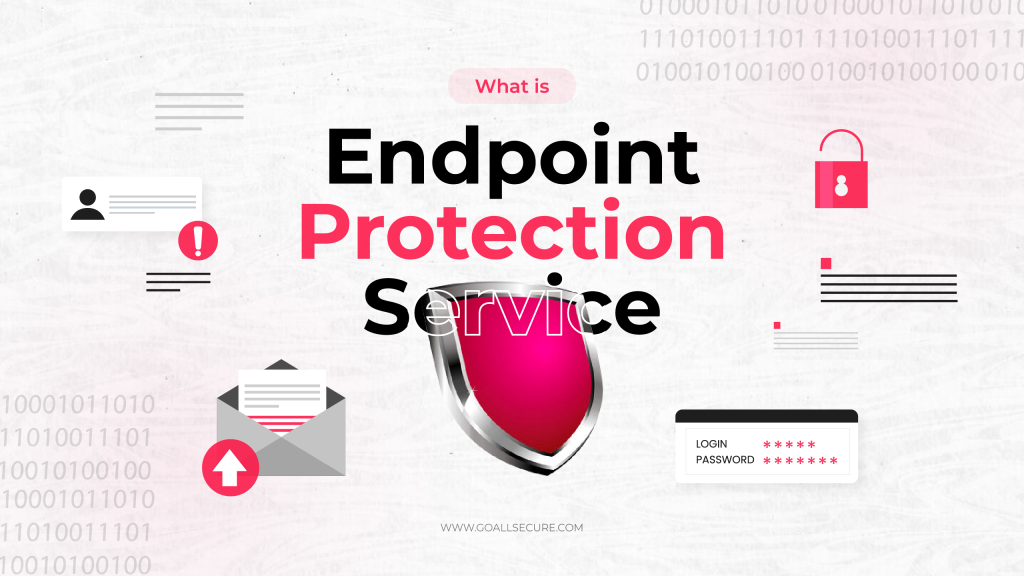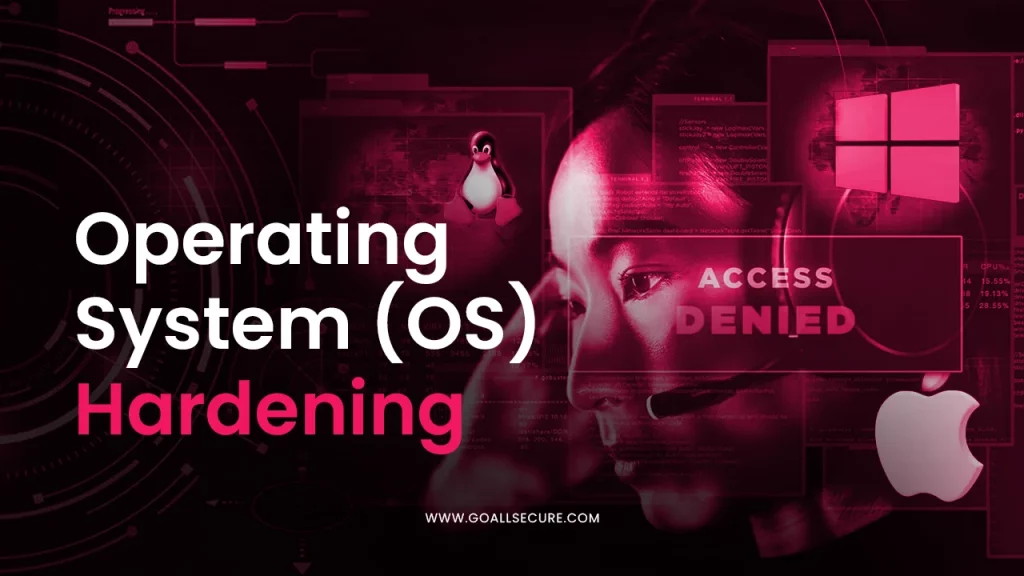Do you know when the first cyber attack was launched? Well, you will now! Although most security portals disagree on which one to declare the first, of course, the 1988 “Moriss Worm” is what most view as the first major attack. But then there was the case of two thieves who stole financial market information by hacking the French Telegraph System. It was in the year 1834 and was orchestrated in France.
Today, it might seem futile to figure out the first-ever cyber attack, and people may not agree on it unanimously either. But be it 1971, 1834, or 1988; these malicious threat actors have come a long way from then, and they are not backing down.
So, let’s dive into the world of cyber attacks and get to know what they are and what the most popular types are.
What Are Cyber Attacks?
Now, before we go any deeper into the various kinds of cyber attacks, you must know exactly what a cyber attack is. Any kind of assault launched by malicious actors on one or more computers, networks, etc. in an attempt to get access, destroy, deny access, or disrupt the information. It can be aimed at an individual or an organisation, with the intent being the same. The way in which such attacks are carried out differentiates them from each other.
For example, if an attack is intended to deny you access to your system, it may be a DoS attack or a DDoS attack. Then there is the case of what the attackers want to achieve from the attack. It can be a ransomware attack, where your valuable data will be rendered unusable and the attackers will demand ransom to decrypt it for you.
Next in this blog is a list of the most popular types of cyber attacks. We hope to help you understand and identify the differences and similarities between them.
Different Types of Cyber Attacks at a Glance
- Malware-based attacks (Ransomware, Trojans, Rootkits, etc.)
- Phishing attacks (spear phishing, whaling, etc.)
- Identity-Based Attacks (Man-in-the-Middle, Pass-the-Hash, Password Attacks, etc.)
- Denial of Service attacks (DOS and DDoS)
- Code Injection Attack (SQL injections, cross-site scripting, etc.)
- Spoofing Attacks (DNS spoofing or “poisoning”, Email spoofing, etc.)
- Inside threats
- Supply Chain Attacks
Malware-based attacks
A malware attack involves the use of malicious software that is designed to disrupt, damage, or gain unauthorised access to computer systems. This can include viruses, worms, and Trojan horses that can be downloaded onto a user’s device without their knowledge.
A ransomware attack is a prime example of a malware attack, which involves the use of malicious software that encrypts the victim’s files, rendering them unusable. The attacker then demands a ransom payment in exchange for the decryption key, which can unlock the files.
Phishing Attacks
Phishing attacks are a very common type of cyber attack. They involve sending fraudulent emails or messages that appear to come from a legitimate source, to trick the recipient into providing sensitive information such as passwords or credit card details.
Identity-Based Attacks
Identity-driven attacks, as the name suggests, are where the credentials of a valid user are compromised and a malicious threat actor takes their identity, leaving them out of their system. They are one of the hardest attacks to detect because it is quite impossible to differentiate between the actions of a hacker and the actual user once the credentials are compromised.
One example of an identity attack is the Man-in-the-Middle attack (MitM), where communications between two parties are intercepted to steal information or alter the contents of the messages.
Denial-of-Service (DoS) Attacks
Denial-of-Service attacks involve flooding a website or network with traffic to overwhelm it and make it inaccessible to legitimate users. This can be achieved through the use of botnets or other means.
Spoofing Attacks
These types of cyber attacks are where a hacker impersonates an identity so that it looks like they are an authorised and trusted source. After establishing a trusted relationship, they go on to steal valuable information, resources, or anything else they want.
Spoofing attacks can be categorised depending on their form; they could be an email spoofing attack, a domain spoofing attack, an ARP spoofing attack, etc. And all of them can lead to serious consequences.
Code Injection Attack
As the name suggests, a code injection attack prays on a vulnerable system by injecting a malicious code in it to alter the course of action for the same. Once executed, the hackers can easily manipulate the compromised network or application as per their wishes.
Now there are multiple types of code injections, like XSS attacks, LDAP injections, SQL injections, Command injections, etc.
Inside Threats
An insider attack originates from within the affected organisation; now, it could be anyone who works there. It can be an employee with access to valuable information who has intentions of misusing it, or an employee with no knowledge of cyber security who becomes an easy target, or it could simply be a careless employee who did not care much to begin with.
These risks are often neglected because everyone is so focused on neutralising external threats that they forget to train the insiders.
Supply Chain Attacks
A supply chain attack is one in which a third party is a target. This is why it is also known as a third-party attack or value-chain attack. An attacker can use these outside service providers to infiltrate or disrupt the supply chain of the organisation and steal valuable information.
In conclusion, cyber attacks come in many different forms, and individuals and organisations need to be aware of the risks and take steps to protect themselves. This can include using strong passwords, keeping software up-to-date, and using security software such as firewalls and anti-virus programmes. This is where we come in. GoAllSecure can handle all your cybersecurity-related issues, giving you plenty of time and a relaxed mindset to work and grow. For more information about us, kindly visit us at https://www.goallsecure.com/ or call on +91 85 2723 7851 or +44 20 3290 4885.

















 TRAVEL & HOSPITALITY
TRAVEL & HOSPITALITY HEALTHCARE
HEALTHCARE RETAILS & ECOMMERCE
RETAILS & ECOMMERCE BANKING & FINANCIAL
BANKING & FINANCIAL AutoMobile
AutoMobile MANUFACTURING
MANUFACTURING FOOD
FOOD EDUCATION
EDUCATION



